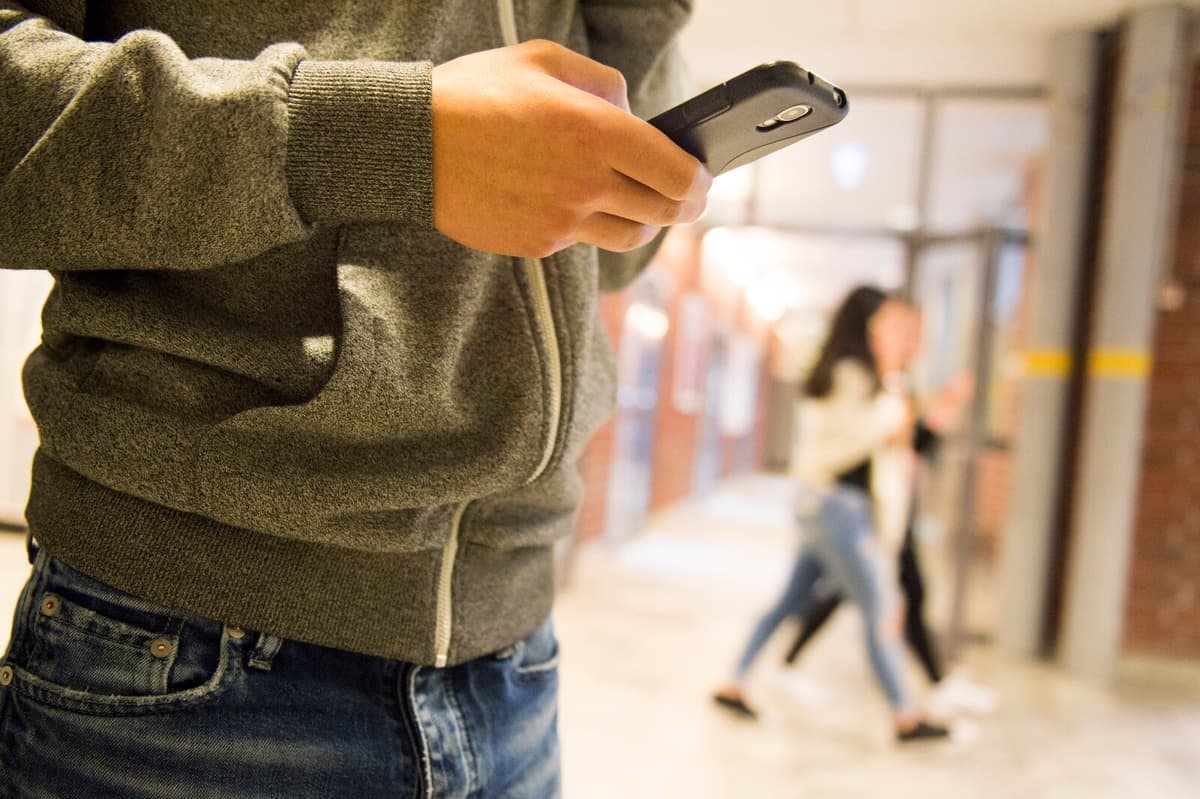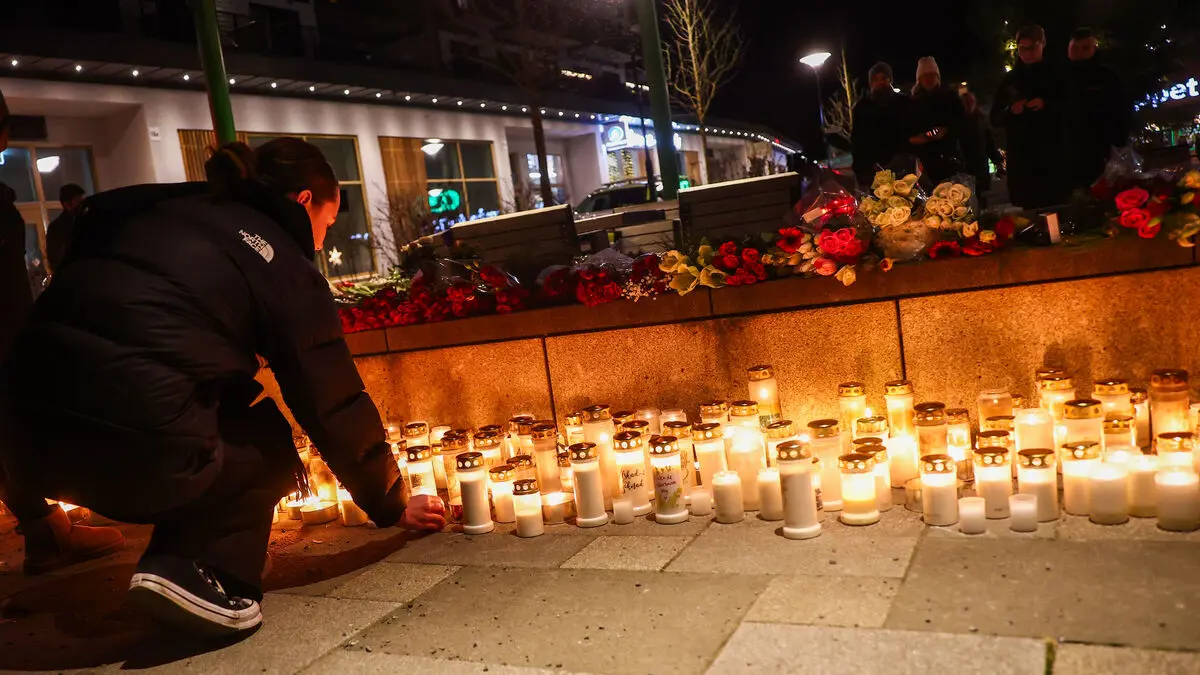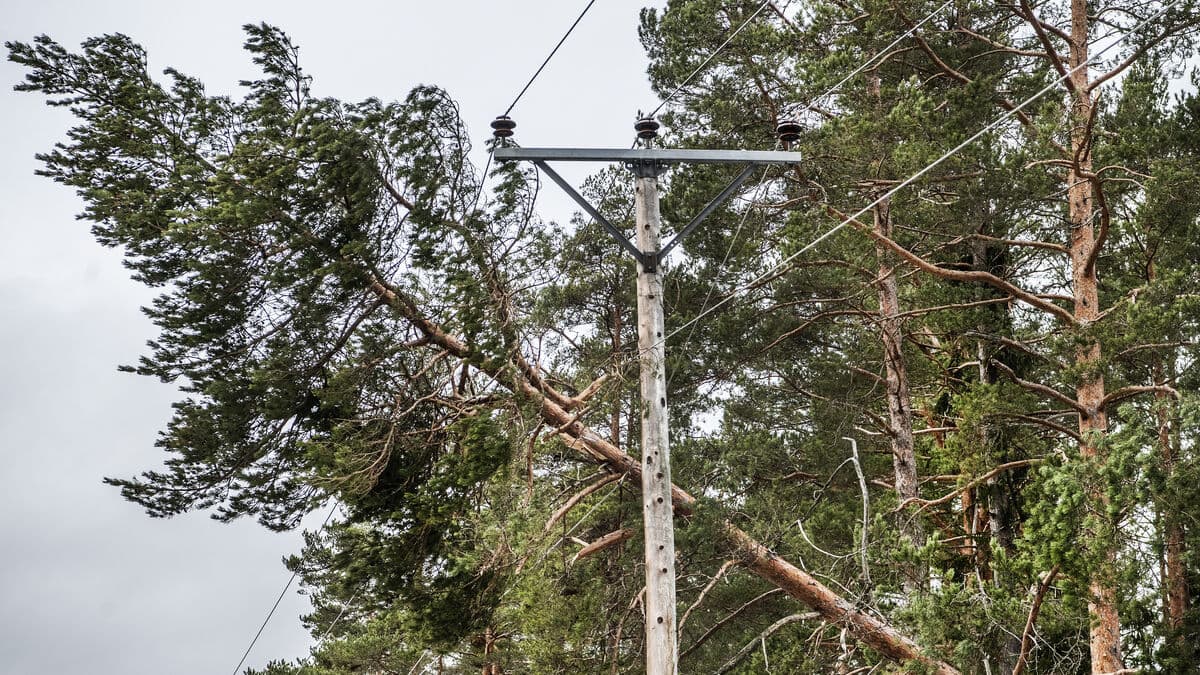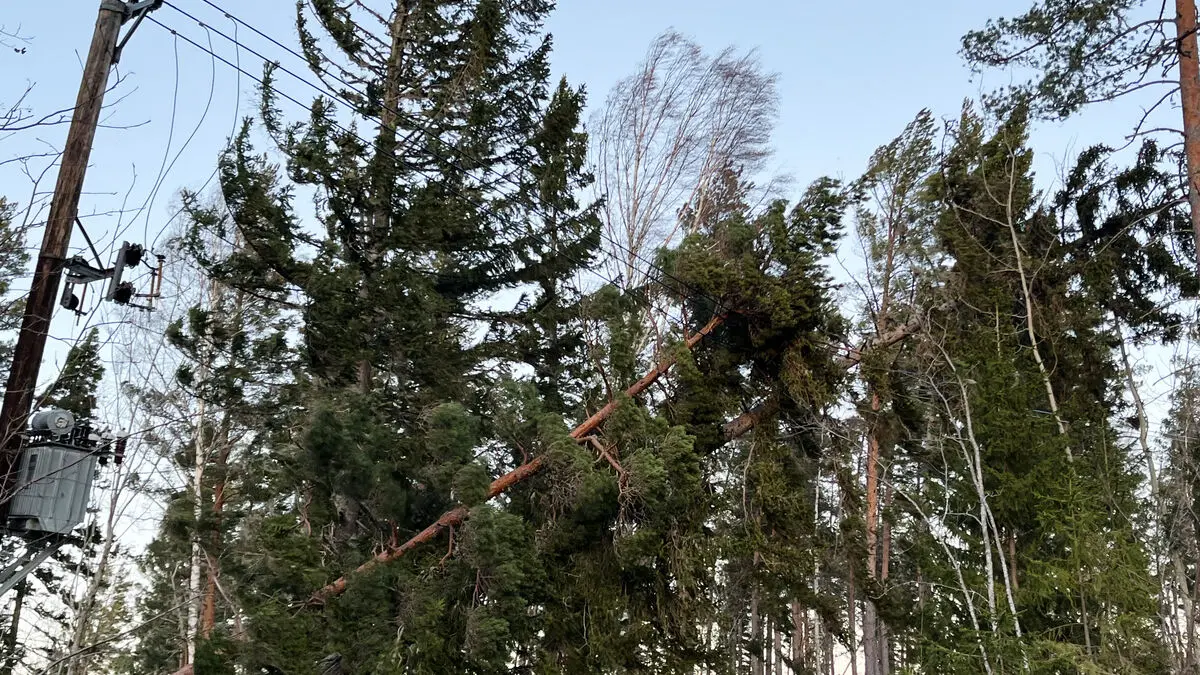Every fifth young person has been exposed to online harassment in the past year, or has experienced someone writing derogatory or negative comments about them online. This is shown by the report "Swedes and the Internet" from the Internet Foundation, which was released at the end of September.
Now, a platform, Näthatshjälpen, is being relaunched to provide support, advice, and guidance for those who have been exposed to online harassment.
We know that this is an area where a lot is happening, but unfortunately, far from everyone reports it, says Helene Öberg, Secretary-General of the Crown Prince's Foundation, which is taking over the operation of the platform together with Tele2.
Näthjälpen was originally created in 2019 by the Make Equal Foundation. The idea is for the platform to be an information support, but also a concrete way to report online harassment to the police. The site has "tens of thousands of visitors every month".
We have had a lot of dialogue with the police. We want to create a clear structure and form so that the police can take it further, says Öberg.
Nearly every fourth young boy, 12-19, has been exposed to online harassment in the past year.
Without being an expert, I think it may be because boys are often in contexts with a tougher climate, says Öberg and continues:
But regardless of whether it's boys or girls who are affected, it's about children being able to speak up and take a stand. We don't want to end up in a situation where online crimes are normalized.
* Gather evidence
Take screenshots of what you've been exposed to and save them digitally. A first reaction may be to just delete, but don't do that.
* Show someone else
Ask someone else to look at the message or comment you've received. That person can be a witness in a potential trial.
* Describe clearly
When you're reporting the crime, it's good to be clear and objective. A timeline is good, where each event should be included, such as screenshots or similar.
Source: Näthatshjälpen/The Crown Prince's Foundation





